
Empowering Communities
In a world increasingly driven by technology, digital inclusion is more crucial than ever. In 2022, we developed a one-off funding initiative, the ‘Digital Inclusion Fund’ aimed at addressing digital exclusion experienced by disabled people and people with mental health challenges.
Two years on, we’ve caught up with the Forest of Dean Digital Inclusion Collaborative which consists of 5 organisations, to find out what impact the funding has had for each of them.
Forest Voluntary Action Forum (FVAF)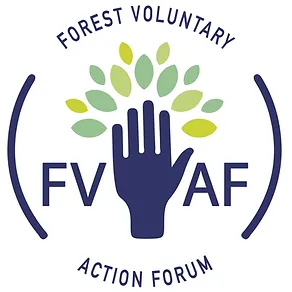
As society rapidly shifts towards a “digital by default” model, many people are unfairly left behind and excluded. Through our delivery and facilitation of Digital Inclusion partnerships, we identified five key pillars that influence an individual’s digital inclusion journey:
- Motivation
- Devices
- Connectivity
- Skills & Confidence
- Inclusive Design
Barriers to digital inclusion are unique to each person and often more complex for those with disabilities and mental health challenges. Only by understanding an individual’s journey, needs, and requirements can organisations and services begin to deliver genuinely inclusive digital services.
By embracing principles of co-production, lived experiences, and user-led design, we can start removing barriers to increase inclusion. Through the fund, we have successfully united passionate individuals, groups and organisations to drive collaborative projects that address digital exclusion.
Being part of Barnwood Trust’s Community of Practice for Digital Inclusion has been incredibly meaningful and beneficial. The inclusive space for shared learning has enabled us to challenge our thinking around digital inclusion barriers. The knowledge and support we gain are further shared and utilised by the Forest of Dean Digital Inclusion Collaborative.
Forest Pathways 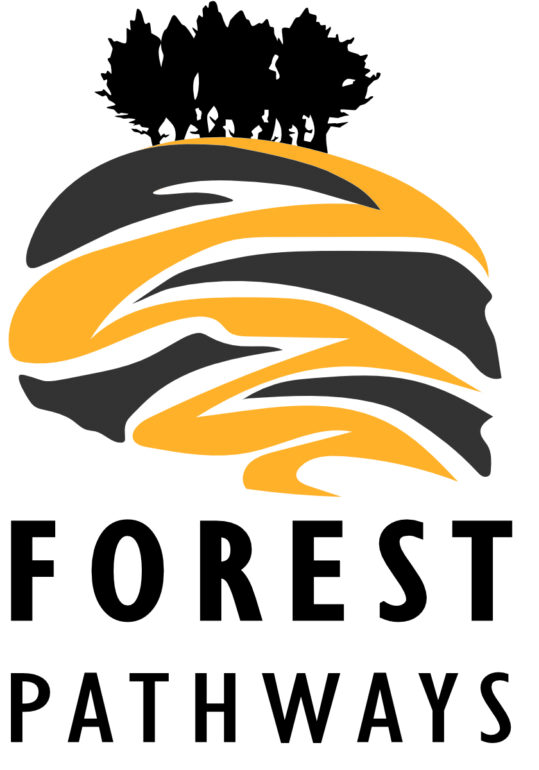
The project revealed a concerning lack of understanding around digital inclusion and accessibility within the Forest of Dean’s business community, particularly regarding website accessibility and digital exclusion.
The key barriers to digital inclusion when addressing website accessibility included:
- A lack of knowledge at the start of the project by the individual responsible for the organisation’s website.
- Insufficient resources, in terms of time allocation or financial budgeting, provided by the business.
- The challenges presented by the project were seen as too overwhelming.
- A lack of understanding of the accessibility reports we prepared.
- The most significant and daunting barrier was that the templates provided by the developers hired by these organisations were often not designed with accessibility in mind.
However, the funding allowed us to collaborate with disabled and visually impaired individuals to create a testing process. Through video documentation, they were able to illustrate why many websites are not inclusive. More importantly, this funding offered hope and a sense of purpose to those involved, potentially paving the way for meaningful futures.
Wilde Earth Journeys, Outdoors, Indoors 
Access to nature is sometimes assumed, but may not always be possible, the “Outdoors, Indoors” pilot project aimed to bridge the gap between the wonders of the natural world and those who are unable to venture outdoors independently, or perhaps at all. This ambitious pilot is making nature accessible, through the power of digital resources.
At its core, this initiative is driven by a commitment to harnessing nature’s therapeutic benefits for holistic wellbeing. Inspired by research demonstrating the positive impact of nature recordings on mental and emotional health, the project sought to replicate these effects by creating a digital library of immersive films, audio recordings, and a captivating virtual reality environment, the project delivers a multisensory journey into the heart of nature, crafting comprehensive resources that caters to a diverse audience.
At its core, this initiative is driven by a commitment to harnessing nature’s therapeutic benefits for holistic wellbeing. Inspired by research demonstrating the positive impact of nature recordings on mental and emotional health, the project sought to replicate these effects by creating a digital library of immersive films, audio recordings, and a captivating virtual reality environment, the project delivers a multisensory journey into the heart of nature, crafting comprehensive resources that caters to a diverse audience.
Artspace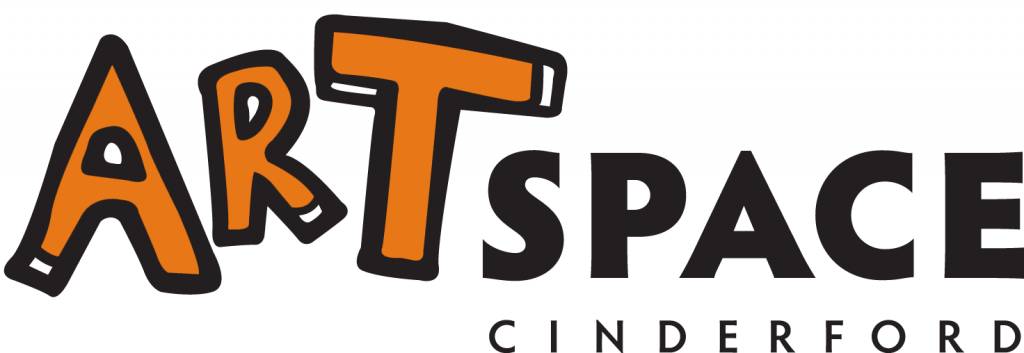
The Forest of Dean Community Choir is for everyone, no matter your experience or singing ability. Forest Sensory Services users reported that they did not feel able to attend classes at Artspace’s new mercury building due to limited parking, although they wanted to take part in our community choir. To address this access barrier, we saw an opportunity to leverage digital technology.
With the support of the Digital Inclusion funding, we were able to enhance our projects by investing in new technology. This investment not only allowed us to address the choir’s accessibility challenges but also inspired us to integrate these tools into our broader work. For example, the Meeting Owl, which improves the remote meeting experience, will be utilised in our 2024-25 academic program to develop hybrid courses, further improving accessibility for all participants.
This project also strengthened our partnership with Forest Sensory Services (FSS). We plan to extend our choir project with them, pending a current funding bid and have explored new performance opportunities, including a potential collaboration with Forest High School’s choir for a Christmas event.
For our participants, the project has measurably increased their wellbeing. Also through working closely with visually impaired groups, we’ve gained a deeper understanding of their challenges, underscoring that real experience is crucial for building trust and mutual understanding with disabled individuals.
Camphill Village Trust and The Shalom Network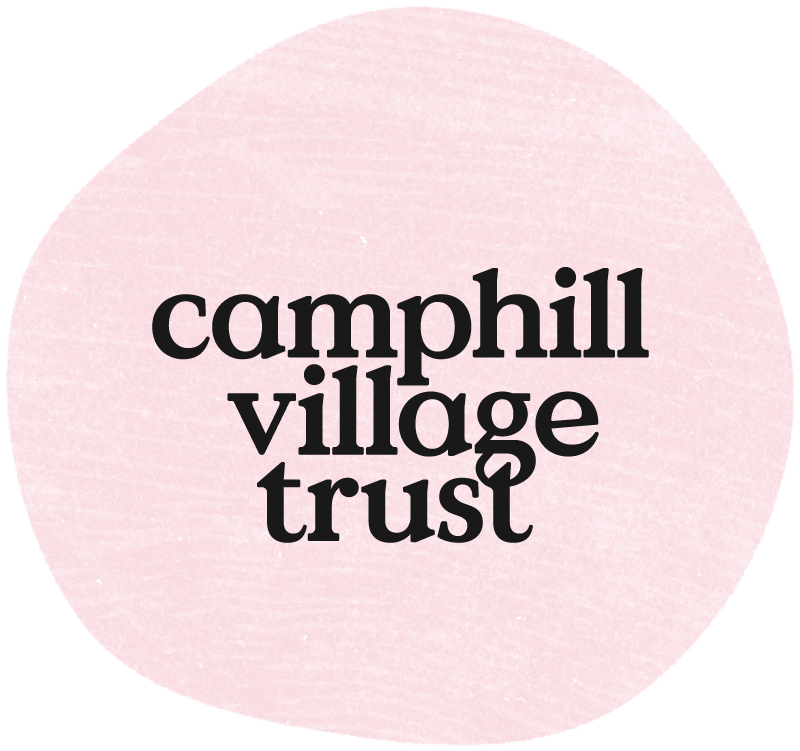
Within Camphill Village Trust and The Shalom Network, there were/are many barriers to Digital Inclusion. Some of the barriers to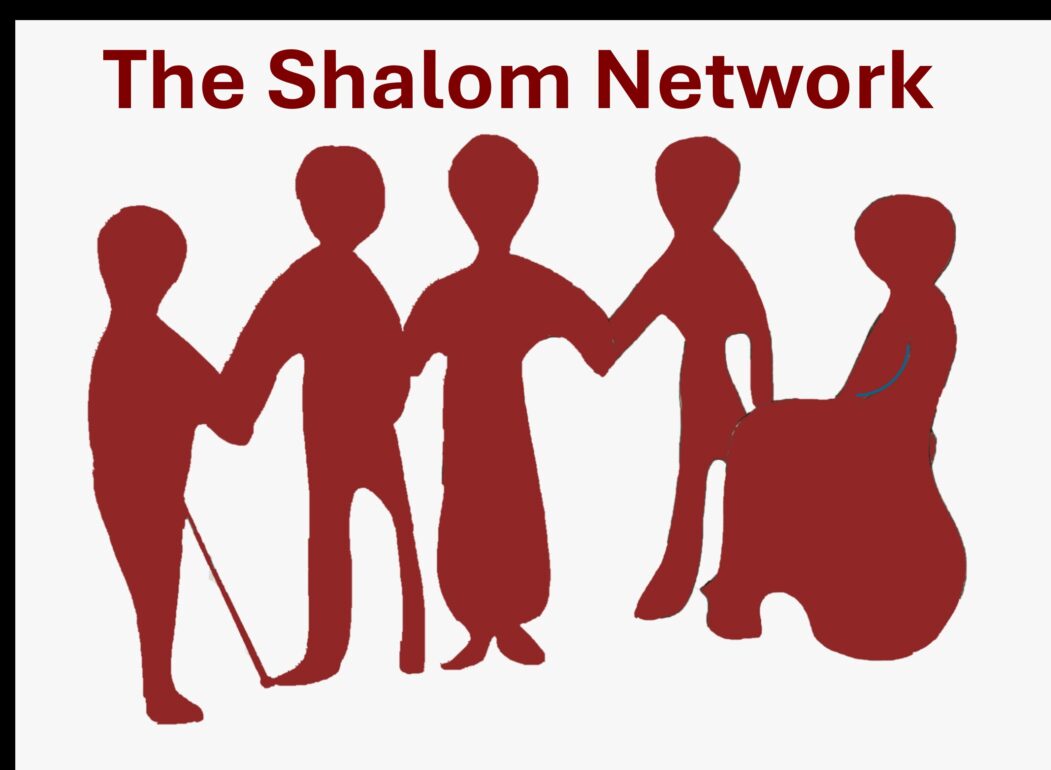 Digital Inclusion identified were:
Digital Inclusion identified were:
- Lack of knowledge of using computers, tablets, or mobile phones.
- Risk of not knowing how to ‘stay safe’ whilst using social media, vulnerability to scams.
- Varied reading and writing skills impacting online communication.
- Support staff’s limited confidence with technology, hinders their ability to assist.
- Over-trusting nature of individuals leads to difficulty recognising online dangers.
One significant barrier we’ve encountered, especially in our work with The Shalom Network, is that the support is not there at home to continue developing the skills they have learnt with us.
The Digital Inclusion Collaborative has challenged our thinking in different ways. Although several people who took part in the project were unable to read or write, they carried a lot of knowledge, which helped in shaping our easy-read resources
The funding has meant we have been able to co-produce easy-read resources and an ‘Awareness Comic Strips’ for keeping safe on social media, which will be shared widely across the Forest of Dean along with a digital version.
The funding for partners was well received and valued in Camphill and the money received is being used for Podcasting equipment and other technology needed across our communities through Coproduction.